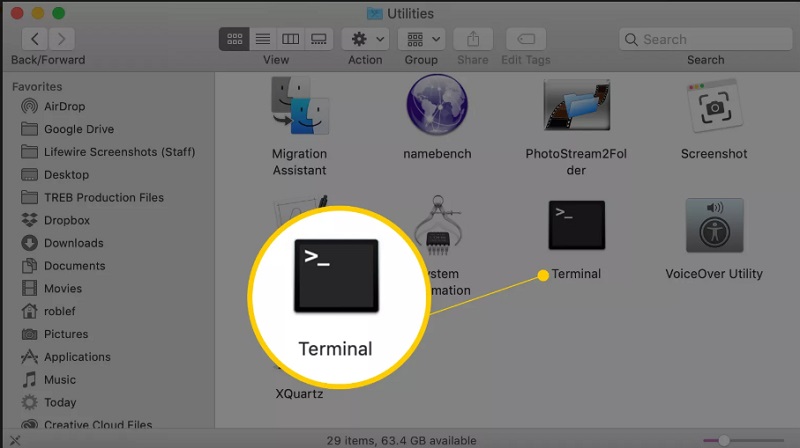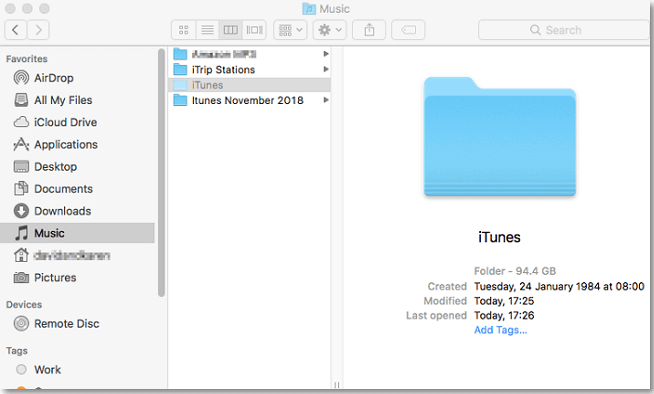
- #How to serch your mac for a file with the terminal how to
- #How to serch your mac for a file with the terminal full
Some hidden files also take up a lot of space on your hard disk. Some experienced or advanced users know that when you have a problem with an app, you might need to remove a preference file or find logs to help you fix the problem.
#How to serch your mac for a file with the terminal how to
In this case, you should learn how to show hidden files and folders. Sometimes just out of curiosity or perhaps to locate some hidden folder for troubleshooting purposes. However, there may be occasions where you need to locate certain hidden files. You might not know it, but there are thousands of hidden files and folders on your computer that you shouldn’t disturb or modify. With these six ways to find the path of a file or folder on your Mac, you should be covered the next time you need that information.There are many reasons why you might want to look at hidden files or folders on your Mac. And you can click any of the folders or locations in the list to go directly to one.īonus: If you’d like to always see the path name in your Finder title bar, check out Christian’s tutorial, which walks you through the process. You’ll see a drop-down with the path as its structured. With Finder open, right-click or hold either Command or Control as you click the current location in the Finder title bar. So if you just want to see the path that file or folder takes, give this trick suggested by Christian a try. While this option doesn’t give you a path name that’s easy to copy, it does give it to you in its hierarchical form. From there, you can select and copy it if needed. You’ll then see the entire path name for the item display. Open Terminal and drag the file or folder onto the Terminal window. If you don’t mind using Terminal for simple commands now and then, it’s a handy tool for seeing the path of a file. If you select the path by dragging your cursor through it, you can use Command + C to copy it and then paste it where needed or in Notes to save it for reference. By clicking Get Info, you can see all sorts of details about the file or folder.Įxpand General in the Get Info pop-up window if necessary and next to Where you’ll see the path for the item. When you right-click an item on your Mac, you have a Get Info option in the context menu.

Not only can you find it quickly, but you can see its exact location on your system. Using the Spotlight method is convenient if you’re already searching for that item. You’ll see the path name for the item display until you release the Command key. Use the arrows on your keyboard to highlight the item and then hold your Command key. Open Spotlight and enter a keyword for the file or folder. While there have been updates to Spotlight on macOS, one thing remains, and that’s the ability to view the path of a file or folder with it. You can then paste it where you need it or pop it into Notes to simply view the path. When you select that option, the file or folder path will be placed on your clipboard. Hold down the Option key, and you’ll see Copy change to Copy as Pathname. Open Finder and right-click the file or folder to display the context menu. Finder context menuĪnother easy way to obtain a file path on Mac is with the context menu in Finder. Check out our tutorial for using the interactive Path Bar in Finder on Mac. You can right-click on the pathname and copy it. If you have the Status Bar displayed as well, the Path Bar will appear directly above it.Ī nice feature of the Finder Path Bar is that it’s interactive.
#How to serch your mac for a file with the terminal full
You’ll then see the full path of your current location in Finder at the bottom of the window. Open Finder and go to View > Show Path Bar.


The simplest way to always see the full path of a file or folder on macOS is with the Finder Path Bar.


 0 kommentar(er)
0 kommentar(er)
